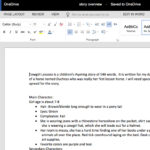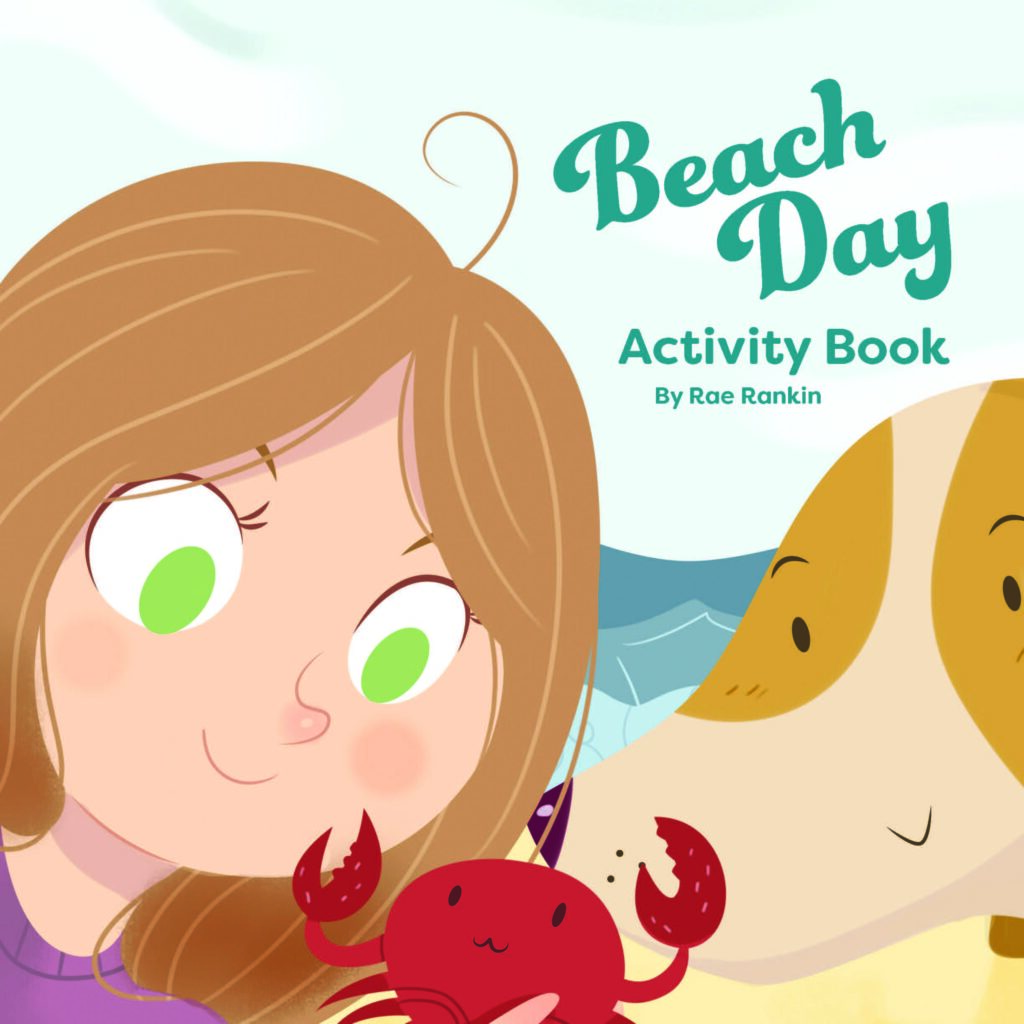I’ve Written a Children’s Book, Now What? Part II
Number of Pages and Trim Size
I’ve been seeing a lot of questions from people on the groups I follow on Facebook who have just finished writing their story and want to know how to find an illustrator. My first reaction is SLOW DOWN! There are still plenty of things you need to consider before you even start the process of finding an illustrator.
One of the first things to consider is how many pages your book is going to be. This decision may be something you think about even before you start writing.
A great rule of thumb when figuring out your book length is the number of pages must be divisible by four (4). The reason for this is related to the way printing presses print books. There is a great tutorial out there on a website by Tara Lazar that is a fantastic resource for planning your book layout.
Another thing you should determine before you hire an illustrator is your book trim size. CreateSpace has a grid on their website that shows the different book trim sizes they offer both industry standard and non-industry standard. From everything I’ve read, if you want to get your book into traditional bookstores and other retail locations, industry standard trim size is a must. For illustrators, you want them to design to your book trim size or proportionately larger so that you are not losing any part of the image or resolution when you or your book designer resize the images.
Using the information from Tara Lazar’s website as a guide, mock up your book. I started out just scribbling a rough draft on a piece of paper. I then transferred this to Adobe InDesign, but you can easily do this is Word, Publisher, or any other word processing software. If you don’t have any of these options, just use scratch paper in large sheets.
On your electronic file type the text that belongs on the associated page. Does everything fit? Do you need to add pages, remove pages? Remember if you are adding, do it in multiples of four. Don’t forget to account for a page that has your ISBN and publishing information, a title page, a dedication page (if you want to dedicate your story to someone), and an about the author page.
Stay tuned. Next week I will be talking about story boarding and character mapping.
 Next Post
Next Post